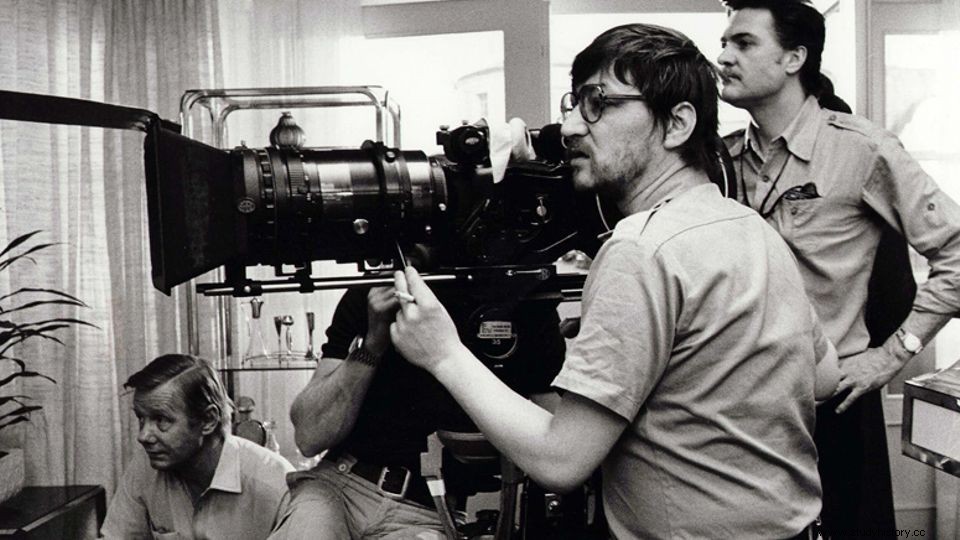
The New German Cinema Movement was a period in the German film industry that lasted from 1962 to 1982. During this period, several directors made important and innovative films. Based on the attention their films gained, several of the directors followed Hollywood careers, some gaining fame and fortune while others fought for recognition.
Usually, New German Cinema does not get the same status and celebration as other famous cinema movements, such as the French New Wave or the New Hollywood movements. This is unfortunate, because New German Cinema not only revitalized the German film industry, the movement also created daring, engaging and groundbreaking films. This article will examine the history of New German Cinema, as well as some of the important films in the movement. Hopefully, this article will make the New German Cinema movement gain more recognition in its place in film history.
Beginning of the movement
The rise of Hitler and the Nazi party to power in the 1930s effectively ended the new film culture of the time. Hitler banned many films he thought did not fit into Nazi ideology. Instead, the Nazis filled German theaters with propaganda war films and escapist dramas.
After the Nazis were defeated in World War II, the German film industry struggled to rebuild. Early post-war films reflected on the country's dark history from 1933-1945. However, many Germans wanted to forget this dark period. So escapist, romantic movies were mass-produced and became popular with audiences.
If you're interested in learning more about German history, check out this article.
The New German Cinema movement emerged as a reaction to the West German film industry in the early 1960s. While the majority of the German audience flocked to the films, there was a group of filmmakers who rejected the types of films that were thrown out at the time. This group saw West German cinema as boring and of poor quality. The group mainly believed that West German films had stagnated, both financially and artistically. The declining German film industry resulted in a number of conventional, conservative films. This bland cinema left a new generation of young filmmakers who wanted more.
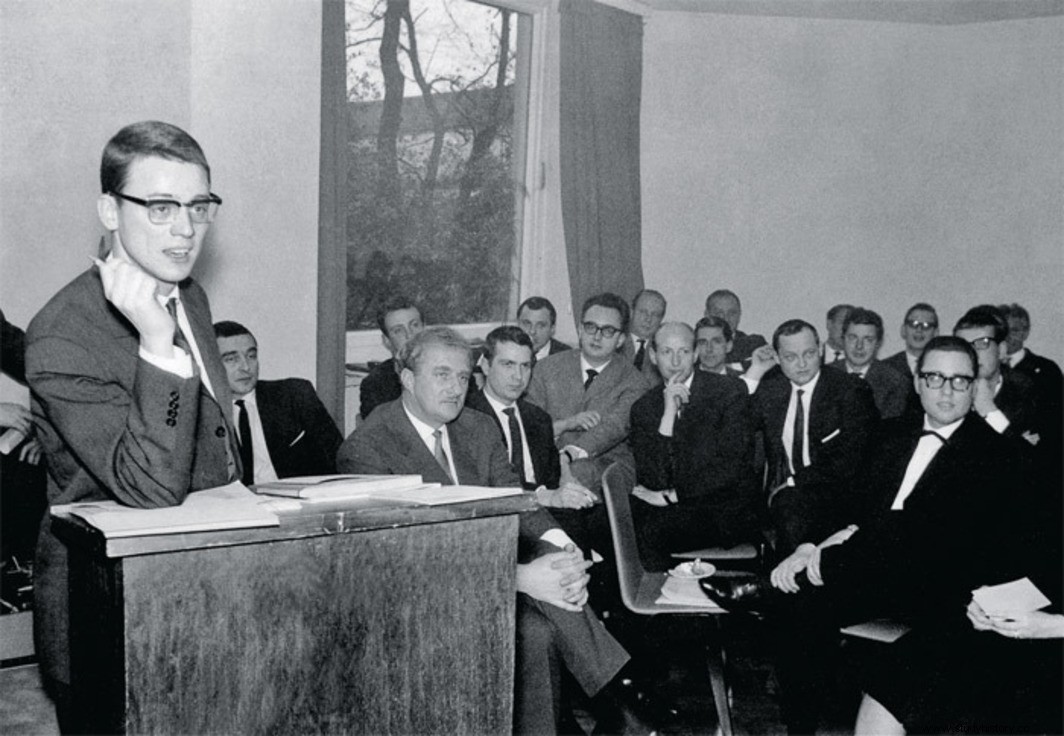
In 1962, a group of West German filmmakers signed a manifesto expressing dissatisfaction with German cinema. It was called the Oberhausen Manifesto. In it, the group declared, "The old movie is dead. We believe in the new one." With this manifesto, the New German Cinema Movement was born.
Early matches
Initially, the New German Cinema movement faced financial difficulties. The German government had established the Curatorium Junger Deutscher Film (Young German Film Committee) in 1965 for financial support to young German filmmakers. However, new German cinema filmmakers rejected the collaboration with the existing film industry. Therefore, young directors relied on television productions to make money. Many future German film directors began directing German television programs or documentaries.
In 1974, the Film-Fernesh-Abkommen (Film and Television Agreement) was signed between the German Federal Film Council and the television broadcasters ARD and ZDF. The agreement allowed TV companies to give filmmakers an annual sum to produce films. The film had to be suitable for theatrical release as well as television broadcasting. With the signing of the agreement, new German directors now had a stable income stream that allowed them to make their films. The agreement continues to be extended until today.
Characteristics
As mentioned above, New German Cinema intended to oppose ordinary German films. The movement's directors rejected the old film production methods and instead filled their films with their own ideas and artistic visions. These ideas and visions were strongly influenced by left-wing political ideology. That is why many new German cinemas mix politics and art to criticize bourgeois institutions.
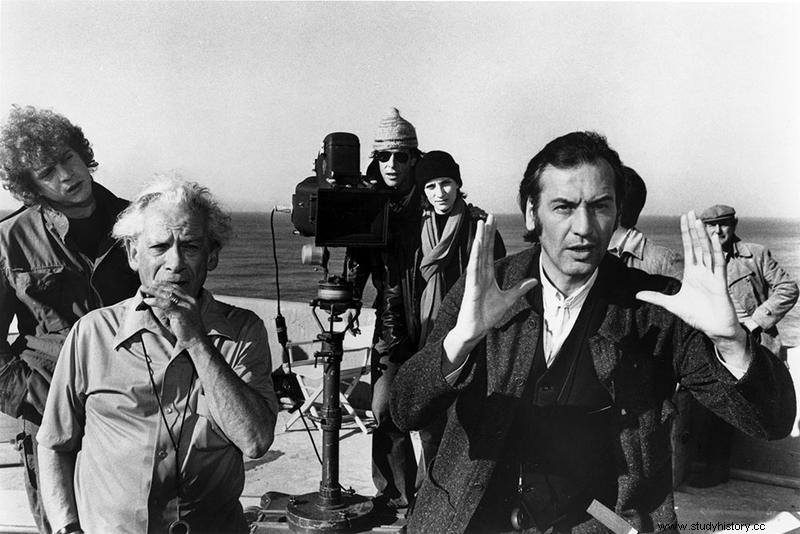
New German films also commented on the cultural upheavals West Germany experienced at the time. Some of these problems included high unemployment, reconciliation with Nazism, fears of the militant faction in the Red Army and a larger generation gap. Again, the depiction of these cultural problems served to undermine and criticize the West German establishment. New German cinema directors used cultural issues to advocate for a new lifestyle in Germany.
Critical Recognition
Throughout the 1970s, New German Cinema flourished. It was during this decade that the most important and famous New German Cinema films were made and released. Directors such as Werner Herzog and Rainer Werne Fassbinder produced their greatest films. German films also began to be noticed internationally. Many films received international recognition and critical acclaim. The films were praised for their strong and realistic tone.
The critical success of the New German Cinema movement brought the German film industry back to international significance. It had not had that status since the Weimar Republic in the 1920s. However, critical acclaim alone would not help New German Cinema.
Box Office fights and rebirth
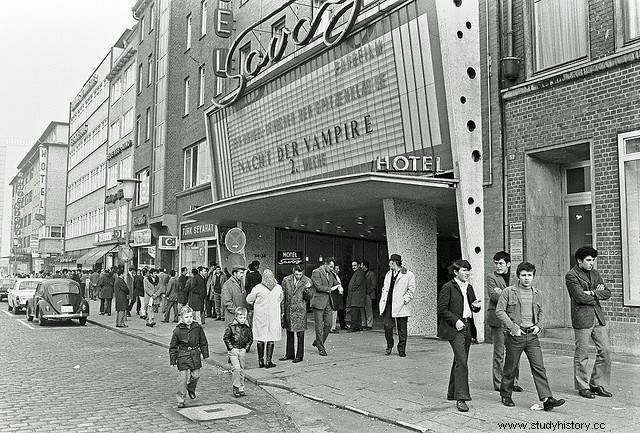
The majority of New German Cinema films did not find success at the box office. In fact, a 1977 New York Times article reported that most of the movement's films were commercial failures. Furthermore, the films were "met with apathy by the German public"; New German films were often recognized internationally first, instead of their home country Germany.
With cash shortages and scarce support at home, the New German Cinema movement slowed down. In 1982, the movement was almost over. As a result, New German Cinema never received the attention and recognition it deserved. For many years this ignorance persisted. However, several new German movies became cult favorites. As time went on, the New German Cinema movement attracted more attention. Critics and audiences began to see the movement as an important part of film history. Film distributors such as the Criterion Collection have preserved and released many new German films on Blu-Ray. A whole new generation of movie fans can now watch classic movies in HD.
To read more about film movements, click here.
You can also read about Japanese cinema by clicking this link.
New German Cinema
Now that we've looked at the history of the New German Cinema movement, let's examine some of the important films in the catalog. The following films differ in artistic tone, style and themes. However, each of them is an essential part of the New German Cinema movement.
Aguirre, God's Peace:1972
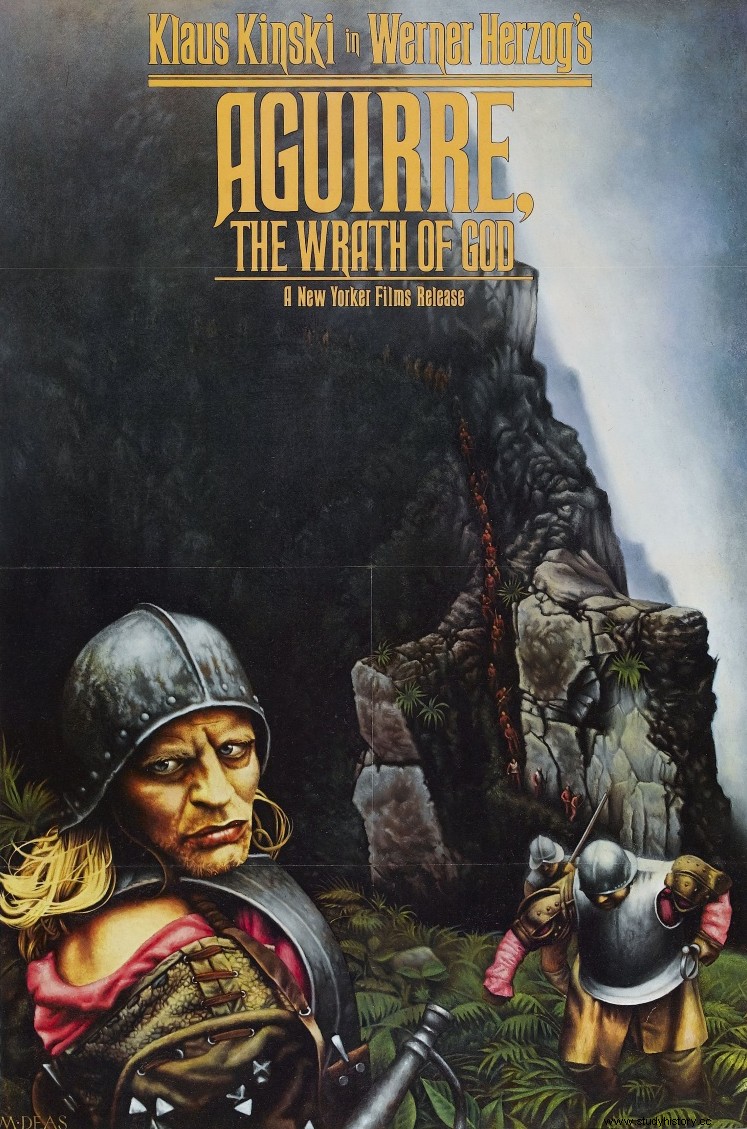
Directed by Werner Herzog, Aguirre, The Wrath of God the film follows a group of Spanish conquerors in an attempt to discover the mythical golden city of El Dorado. The group is led by soldier Lope de Aguirre, who goes crazy with power as he pursues El Dorado. The film depicts the difficulties that surround the expedition. The Spaniards must face the unforgiving climate and terrain of the Amazon jungle, such as heavy rains, floods and violent river currents. The expedition also fights against indigenous tribes, who often attack the soldiers from the front of the jungle. These attacks occur without warning and often surprise the Spaniards. As the film progresses, the viewer is again wondering what disaster the expedition will face next time.
Herzog's films are shocking in tone. The viewers witness the madness that slowly takes over the expedition. Men are killed by indigenous peoples, eventually fighting for food and water, and Aguirre leads the expedition with an iron fist. The unpleasant atmosphere of the film is enhanced by the jungle; images of the dark vegetation accompanied by sounds from the jungle create a terrifying feeling. The atmospheric soundtrack of the German band Popol Vuh also adds to the film's dark nature.
Aguirre, the peace of God opened to widespread criticism. Critics and audiences praised the film for its minimalist storytelling technique and unique visual style. The film quickly developed a cult following, and it is still one of Herzog's most famous films. Francis Ford Coppola's famous 1979 film Apocalypse Now was influenced by Herzog's film, mainly in visual style and narrative elements.
Paris, Texas:1984
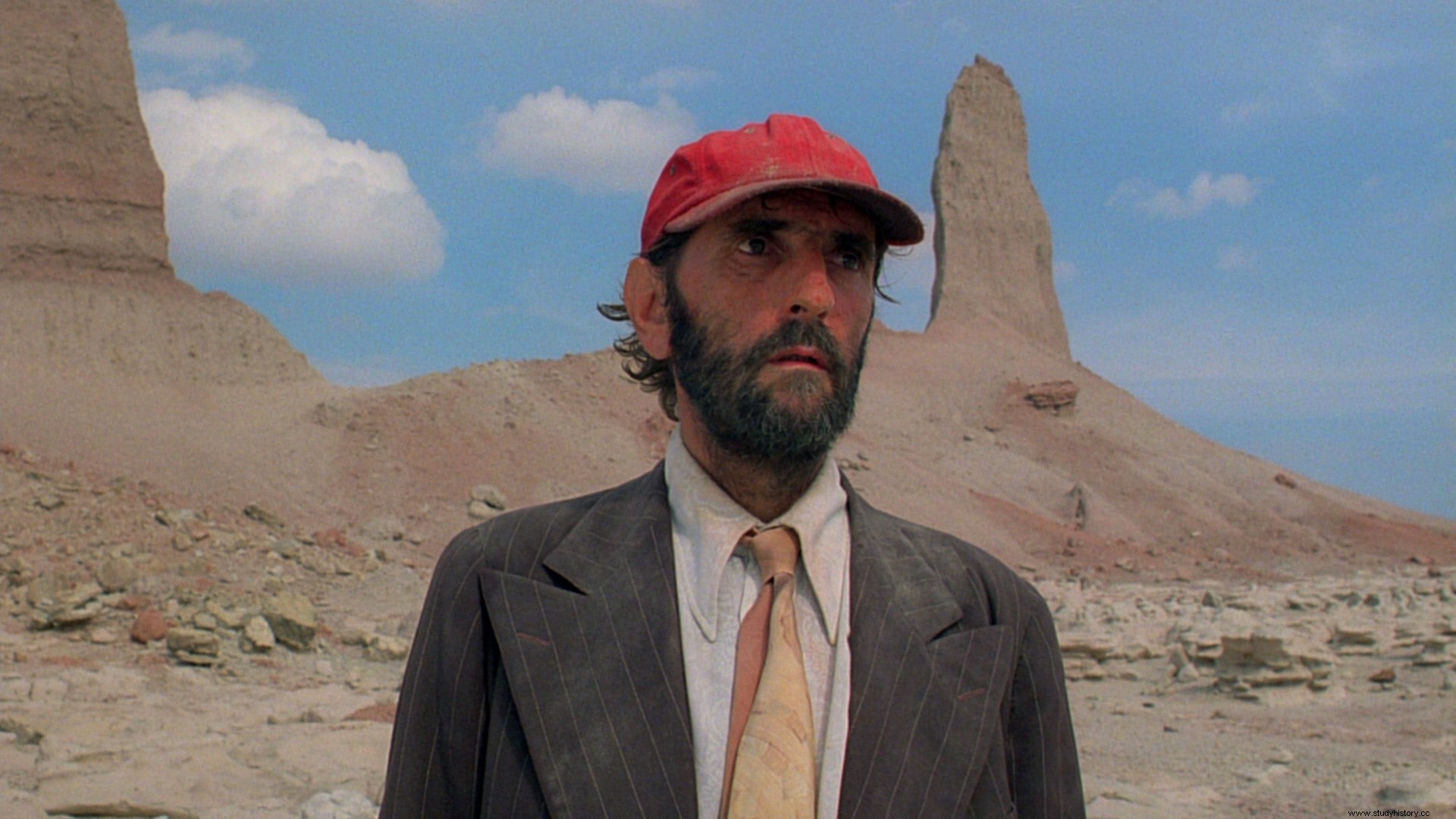
Although this film falls outside the timeline of the New German Cinema Movement, Wim Wender's film is still considered a crucial film in the movement's library. Paris, Texas tells the story of Travis, who returns to the family after wandering aimlessly in the desert. When he returns, Travis tries to contact his older brother and seven-year-old son. After Travis and his son were reconnected, the two set out on a journey through the southwestern United States in an attempt to find Travis' lost wife.
Paris, Texas addresses many topics; such as the nuclear American family, personal identity and masculinity codes. Wender's film is also known for its striking images; the vast landscape of Texas fits perfectly with the overall tone of the film. The film's score, by blues musician Ry Cooder, adds the big pictures. Finally, actor Harry Dean Stanton is unique in the role of Travis. His performance adds even more to the tone of the film. As Criteria Collection says, Harry Dean Stanton has a face that "has its own landscape".
Wim Wender's film may be the most critically acclaimed film in the New German Cinema library. The famous film critic Roger Ebert gave it four out of four stars, and the film won the highest award at the Cannes Film Festival, the Palme d'Or.
Since its release, Paris, Texas remains a favorite among critics and film enthusiasts. The film's performances, history, soundtrack and visual style ensure that it will continue to be an important work in the new German cinema movement.
Ali:Fear Eats the Soul:1974
This film was directed by Rainer Werner Fassbinder, a prolific figure in the New German Cinema Movement. Wassbinder directed 40 feature films, three short films and over 20 acting careers. Tønnebinder was an obviously gay man who was also an anti-capitalist and a political dissident. The director drew inspiration from his identity and beliefs and explored the treatment of marginalized and oppressed groups in his work. This is certainly the case in Ali:Fear Eats the Soul .
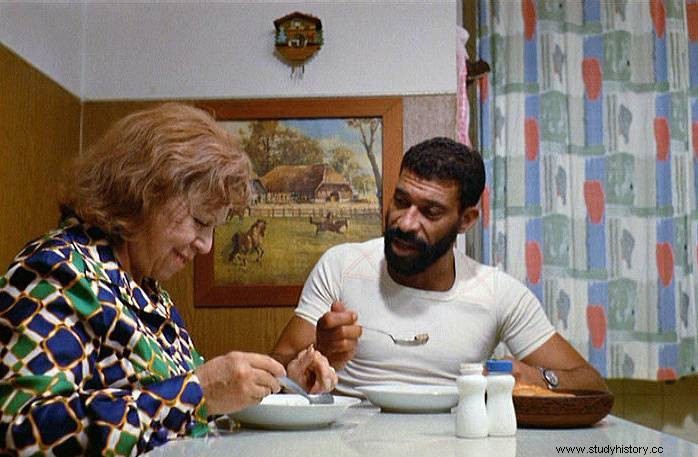
The film is about an unlikely love story between two people. Emmi, a 60-year-old widow, begins a relationship with Ali, a young Moroccan mechanic. Both Emmi and Ali are ignored by the larger German society. Emmi's children do not pay attention to her, while Ali feels alienated from the family by the xenophobic culture he encounters. Their mutual isolation is what pulls the two together.
Emmi and Ali's relationship is explored by everyone:grocery stores, employees, waiters, neighbors and even from Emmi's children. When Emmi introduces Ali to her children, her son angrily kicks a television. Despite these adversities, the love between Ali and Emmi survives. Without a doubt, this is the theme of the film:the love between two people can survive in a hostile, lonely world.
With its progressive themes such as tolerance, prejudice, acceptance and the legacy of Nazism, Ali:Fear Eats the Soul without a doubt the most socially important film in the New German Cinema catalog.
I'm An Elephant, Madame:1969
Directed by Peter Zadek, this film explores the influence of Nazi Germany on post-war Germany. Zadek, like many of his generation, rejected Germany's collective apathy after the war. He realized that many ex-Nazis reintegrated into society with minimal or no punishment for their association with the evil regime. This action allowed many Germans to suppress any memory of the dark past. This repression inspired many acts of rebellion among younger Germans. I'm an elephant, madam e captures this revolutionary spirit.
The basic plot of Zadek's film follows a group of German high school students in their protest and private lives. The main character Rull is the main focus, as his protest methods upset older Germans, school administrators and young leftists. Among Rull's protest tactics is to paint a Swaistika in the square, which creates a range of emotions:from admiration to shock and disgust.
I'm an elephant, madam e deals with many topics, and Zadek does not support an ideology. Rather, he criticizes the older and younger generations in the tense German society after the war. Zadek's film is important for his commentary on the lasting legacy of Nazism. It shows that German society as a whole must deal with the country's disturbing history from 1933 to 1945.
Nosferatu, the vampire:1979
This entry is unique because it is a stylistic remake of a former German film, the classic Noseferatu from 1922. The new version is directed by Werner Herzog, and plays the main role in his frequent collaborator Klaus Kinski. Nosferatu, Vampyre is a retelling of the Bram Stoker story Dracula . The film takes place in the 19th century in Wismar, Germany and Translevania.
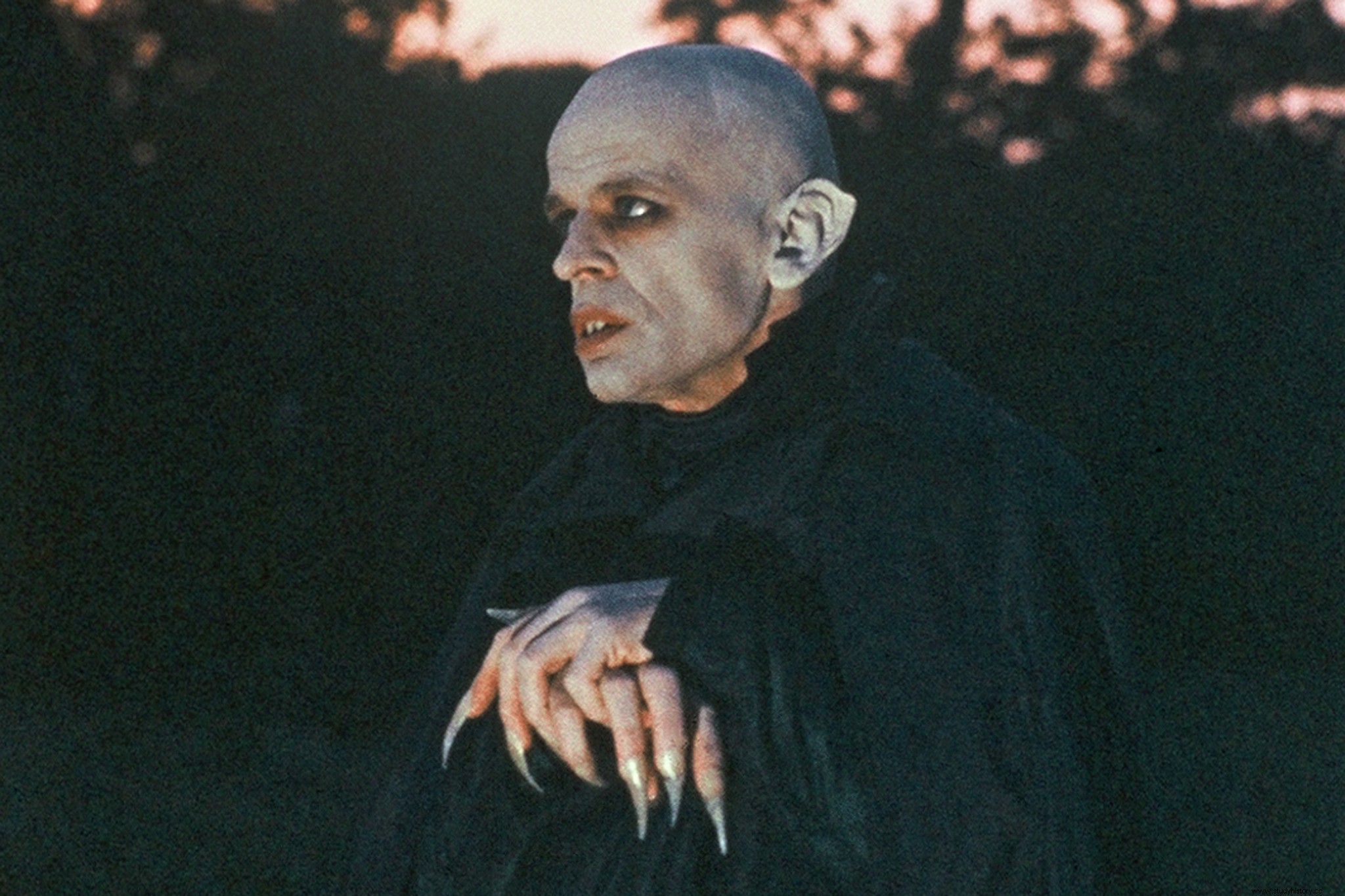
The film follows the same plot as Stoker's novel, although there are some differences. Real estate agent Johnathen Harker travels to the Translevania home of Count Dracula; the count wants to buy a property in Wismar. Harker is eventually captured in the Count's castle when Dracula makes his journey to Wismar. During this time, Dracula falls in love with Harker's wife, Lucy. When Dracula reaches Wismar, he spreads death in the city. It's up to Lucy and Dr. Van Helsing to stop Count Dracula's period of terror.
Herzog's film is similar to Aguirre when it comes to visual style and tone. The film has a dreamlike look, which is enhanced by the film's soundtrack by Popol Vuh. Kinski's masterful performance as Dracula also provides the atmospheric, other-worldly quality of the film.
Duke's Nosferatu, Vampyre both celebrate past German cinema and contribute to the new era. This is why it continues to be an essential part of the new German cinema movement.
An important cinema movement
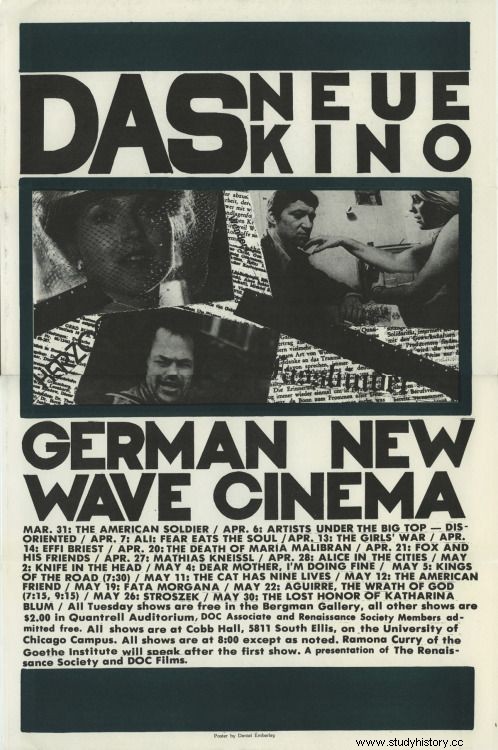
From 1962-1982, the New German Cinema Movement produced countless films that are considered classics. The movement was due to a rejection of the usual German cinema; many young directors thought German cinema had become old and formal. The New German Cinema Movement wanted to make films that challenged the audience emotionally and intellectually. To achieve this, German directors addressed various difficult issues:prejudice, totalitarianism, generational tensions and the legacy of Nazism.
This article looked at the history of the New German Cinema Movement. Significant films in the movement were also explored. Hopefully, this article demonstrates why the New German Cinema Movement should be kept in the same light as the French New Wave or New Hollywood movement. And maybe the article will inspire you to check out some of the movie's listings above.
For another article on art and culture click here.
